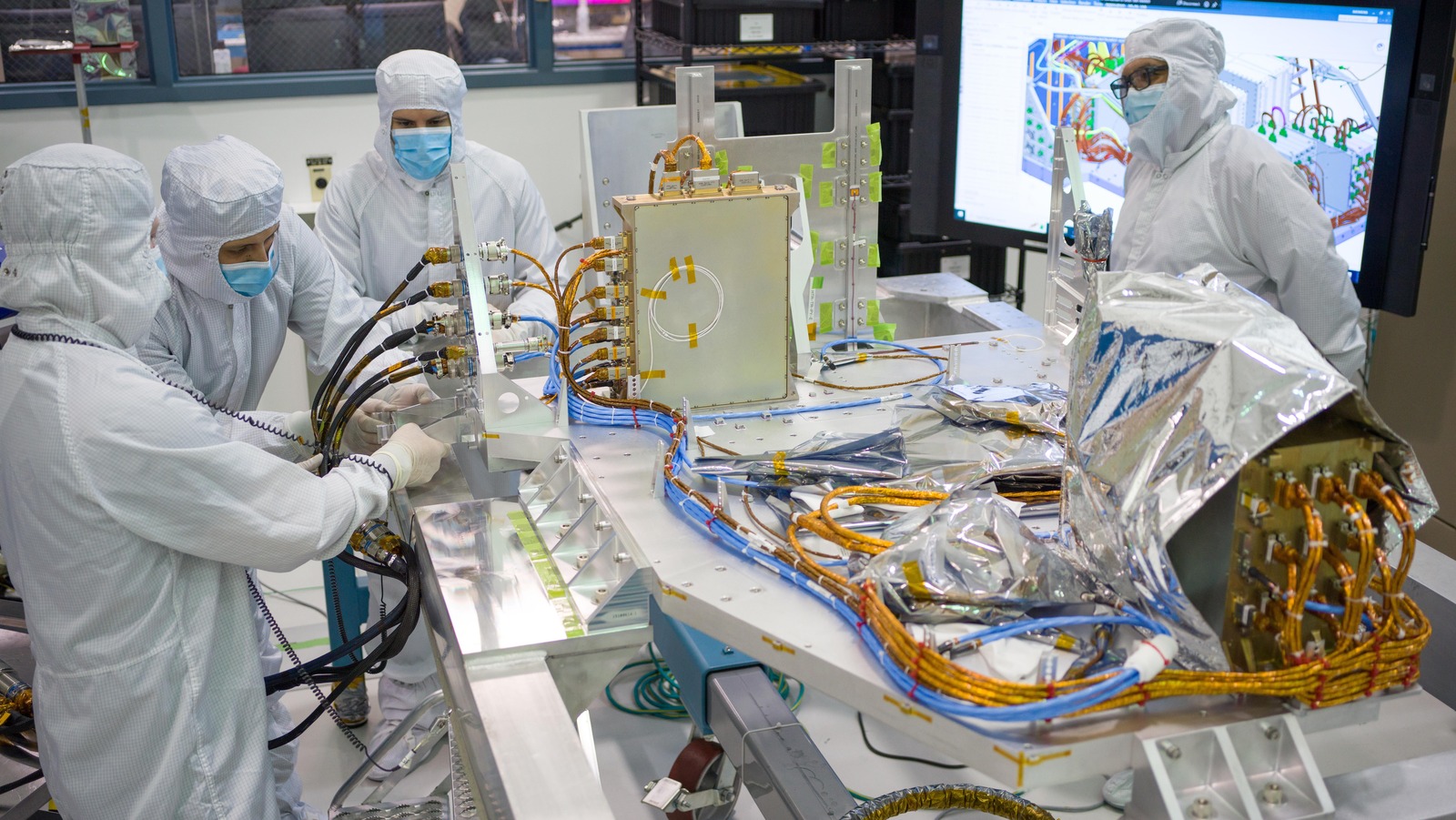Physicists with the Massachusetts Institute of Technology (MIT) have published a new study detailing their discovery of a hybrid particle, one comprised of an electron and phonon combined together in a way that allows them to behave as a single particle. The team refers to this bond between the two particles as “glue,” explaining that it is 10 times stronger than any previously discovered hybrid of this kind.
Christine Daniloff/MIT
Many people are familiar with the electron, which is a subatomic particle that can attach to an atom. Fewer have heard of phonons, however, which are known as quasiparticles; they’re the result of vibrational energy generated by atoms, making them neither a particle nor a wave.
The researchers describe this new hybrid particle as one made from an electron and phonon potentially “tuned in tandem” with each other (via MIT). The result is that any stimulation to the electron may also lead to changes in the phonon “glued” to it. These phonon changes, as a result, trigger changes to a material’s structure, particularly its magnetic properties.

Emre Ergecen/MIT
Why does this matter? According to the MIT team, the particle combo paves the way for tuning both a material’s magnetic and electrical properties. This finding has major implications for the future of electronics, with the researchers explaining that it may be possible to, for example, “tune” the hybrid particles in certain materials to create “a new kind of magnetic semiconductor.”
Consumers would benefit from such innovation, as it may usher in gadgets that are more efficient with improved performance while also shrinking in size. It’s reasonable to assume a breakthrough like this could also prove useful in military, aerospace, and other industries — in fact, the study was partially funded by the US Department of Energy.
One of the study’s co-authors, Batyr Ilyas, explained:
One potential way of harnessing this hybrid particle is, it could allow you to couple to one of the components and indirectly tune the other. That way, you could change the properties of a material, like the magnetic state of the system.
Note: This article have been indexed to our site. We do not claim legitimacy, ownership or copyright of any of the content above. To see the article at original source Click Here












